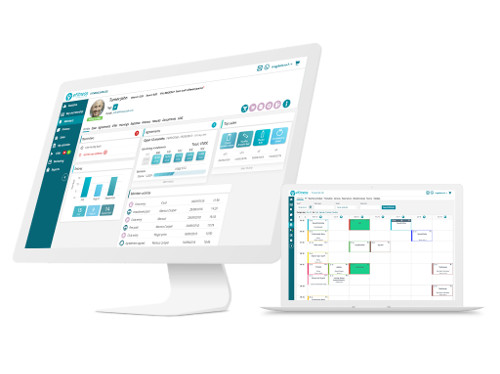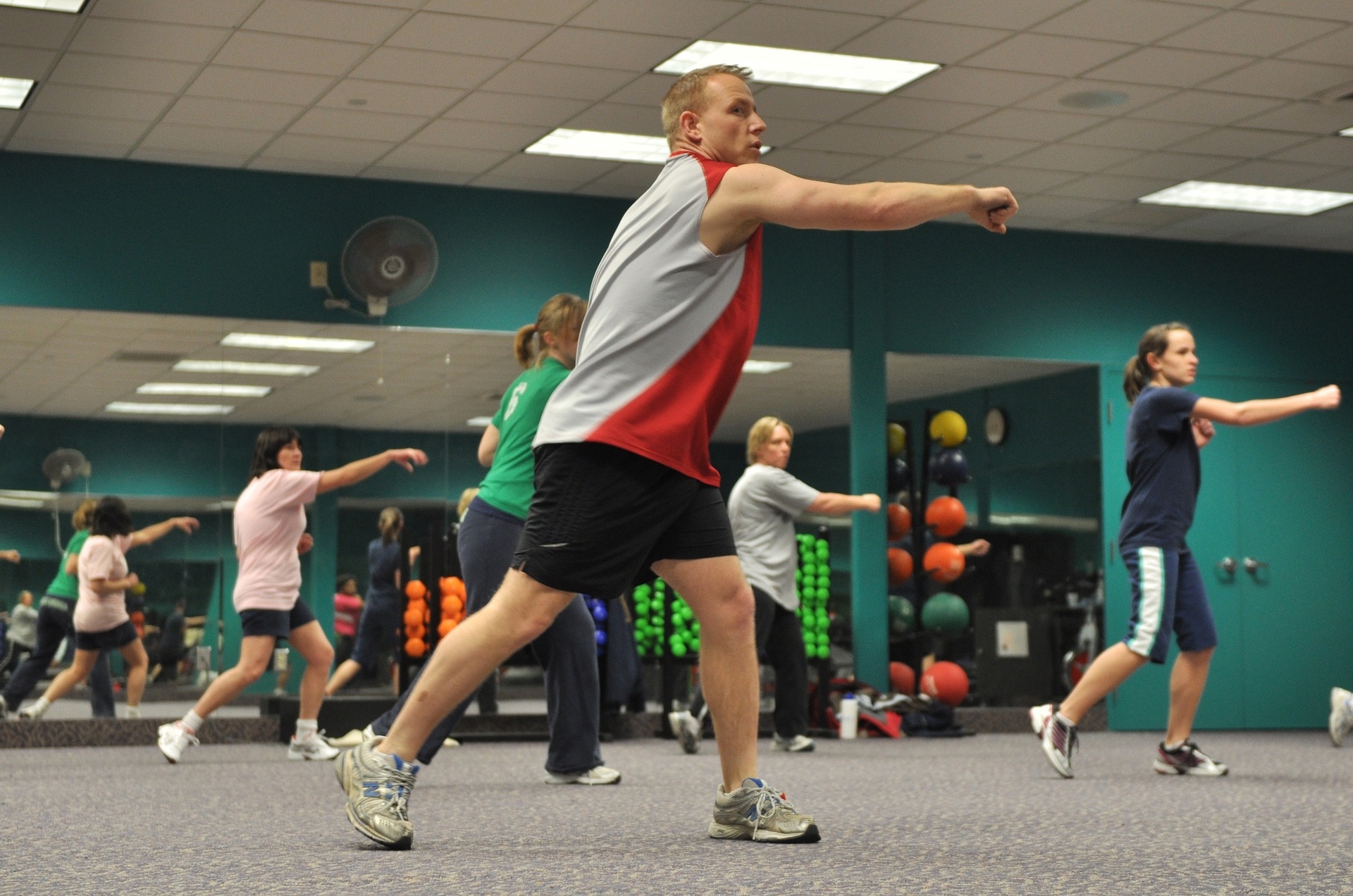A wise man once professed ‘Your most unhappy customers are your greatest source of learning.’
That sagacious fellow was none other than the Microsoft founder, and one of the richest men in the world – Bill Gates.
Rather unsurprisingly, I personally believe he’s right. I’m pretty sure that if you have ever listened to your unhappy customers and rectified their problems, you will agree, too.
So, as fitness operators, if you want to keep repeatedly learning and educating yourself about the services and the experiences you offer, you need to find a way to give your unhappy members a voice.

An issue with giving those members who are not so complimentary a public platform to echo their frustrations is that such comments can stop other prospective members from joining.
I’m all for fitness operators being fully accountable for their experiences, and I’m also very much in favour of operators putting more focus on customer service than acquisition. However, I do understand that from time to time operational issues can occur which are out of your control and can’t be fixed quickly. When this is the case, I don’t believe you should be forced to ‘wash your dirty linen in public’ and subsequently ‘hung out to dry’.
If you didn’t understand my two laundry related idioms, what I meant is – as a brand, it is not always right for matters to be handled in public, as it can leave you in a vulnerable position with lots of negative brand sentiment circulating online. Don’t get me wrong, sometimes you might deserve the public dressing-down, but hopefully, there are more occasions when you don’t.
So to me, it makes sense for any platform in which a member is able to express resentment and dissatisfaction, to be a private one.
In my mind, there is no better private platform than an all-encompassing Net Promoter Score (NPS) platform.
I am writing this article on behalf of eFitness, I want to make it clear that eFitness does not have its own NPS platform within its solution but eFitness can work closely with third-party NPS platforms once the data is extracted to work on campaigns.
So listen up, as this is valuable advice on what to consider when linking up with a NPS provider.
What to look for in a NPS provider?
A top NPS suite will not only measure your customers’ overall perception of your brand, but it will also allow your members to leave further comments about their experience. Furthermore, such a platform will allow you to maximise your customer loyalty.
I’ve already touched upon the concept of executing a winning customer loyalty strategy. I stressed that the main marketing trends will only continue to evolve and not fade away. These key trends were; Delivering better customer experiences, offering personalisation within your brand, and having a human approach to your marketing while still capitalising on the latest advancements in technology.
A comprehensive NPS suite facilitates all of the above.
I’ve also emphasized in previous articles how your members’ attendance patterns can determine who is ‘at risk’, and how monitoring this can be so influential in predicting future behaviours. When we look at the concept of monitoring member satisfaction through an NPS score, it should tell you clearly which members are ‘at risk’.
While I still insist that attendance records are still the most powerful indicator of future behaviour, I do believe that when complimented with an NPS platform, that is the ideal combination that will allow you to enjoy the most success with your retention.
What additional insight can an NPS platform give you?
Firstly, you’ll have ‘high frequent attending’ members who may still feel areas of their training environment can be improved. These members may be on the cusp of reducing their attendance levels if things don’t get sorted in the near future. An NPS system will allow you to pick up on these unhappy attending members.
Additionally, it can give members the chance to share explanations for any dips and drops in attendance. You may have used artificial intelligence to identify that a member is a student who has stopped coming to the gym during the summer months because they are home, but your NPS may tell you otherwise. They might point out that their Personal Trainer has left and that’s the reason for their absence. In this case, human input is far more accurate than any amazing machine-learned algorithms.
To show just how significant an NPS system could be for your fitness facility, and how you can tackle each situation, I will offer some examples and guidance below;
Liz, aged 41 has been a member of your health club for 60 days. She recently received an online survey asking ‘On a scale of 1-10, how likely would you be to recommend your health club to a friend or family member?’. Liz’s response was 10. She also commented that she was loving the gym so far and all the staff have been extremely friendly and this is what makes her experience different from the other gyms she has been at in the past.
David, aged 41, has been a member of your health club for 60 days. He also completed the same survey as Liz. David’s response was 7 out of 10. He commented that he liked the gym but that it is too busy in peak periods and equipment could be fixed a little quicker.
Joanne, (also aged 41), has been a member of your health club for 60 days. She also completed the same survey as Liz and David. Joanne’s response was 3 out of 10. She commented that she was disappointed with the facility so far and that the class timetable is always changing.
It’s clear from their responses that these three will require a different type of intervention.
Liz the Promoter
Liz seems to be very content with her gym experience so far. She can be considered a ‘promoter’. It is important to reach out to Liz and other promoters alike to thank them for completing the survey.
Giving thanks is often best done as a face to face interaction as the member will feel like the offline and online experience is seamlessly integrated and this will further enhance her perceptions of her health clubs brand.
David the Passive
David seems moderately satisfied with his gym experience so far. He can be considered ‘passive’. It would be wise to reach out to David and other members who are ‘passive’ to show that you are listening.
If, as David highlighted, the gym is rather busy, you can suggest alternative training approaches for those affected by it, which may make their life a little easier.
Suggest ways which will reduce their time queuing for the same machines or methods which will prevent them from occupying the same space in the free-weights area as everyone else. You can also encourage members like David to use the gym at other times that fit in with their schedule.
In this example, David also mentioned that the equipment needs to be fixed quicker. It is fundamental for your retention that you take this advice on board.
You wouldn’t go back to a burger restaurant that was always out of patties. Seeing constant out of order signs for the same pieces of broken equipment is equally as demoralising and disappointing.
Joanne the Detractor
Joanne meanwhile is clearly VERY unhappy with the gym experience so far. She can be considered a ‘detractor’.
Joanne seems disgruntled because the class timetable is constantly changing. Bearing in mind she has only been a member 60 days, this feedback should be alarming. Joanne needs to feel listened to and you may want to offer her a genuine consultation with a Personal Trainer who can discuss her new options with the class timetable.
If you are looking to increase retention, looking after your Group Exercise schedule should be a number one priority. The golden rule is to never lose a popular class. Keeping the times and the variety of classes optimal for members is also key.
As the old adage goes ‘if it’s not broken, don’t try to fix it.’ This has never been more apparent when it comes to Group Exercise schedule changes.
These three examples demonstrate how important it is that you consider each members’ satisfaction levels and the comments that assist any ratings.
NPS in a nutshell
An NPS system not only gives your unhappy members a voice, but it allows you to deal with matters privately, using human intervention. Staff and systems should work together, and that’s exactly what an NPS platform does.
According to the great Bill Gates, we learn the most from our unhappy customers, so that alone should be a reason to start shifting your focus towards NPS.
We ought not to ignore the additional advantages an NPS system gives us though. After all, it also enables us to hear the views of our happy members and our moderately satisfied members, too which we can also learn from.
Ultimately, monitoring NPS and asking for feedback can offer some much needed qualitative insight which can confirm or reject our big machine learned quantitative data.
Above all, if we listen, it can allow us to make the crucial operational decisions that can have an instrumental impact on retention and future profits.






